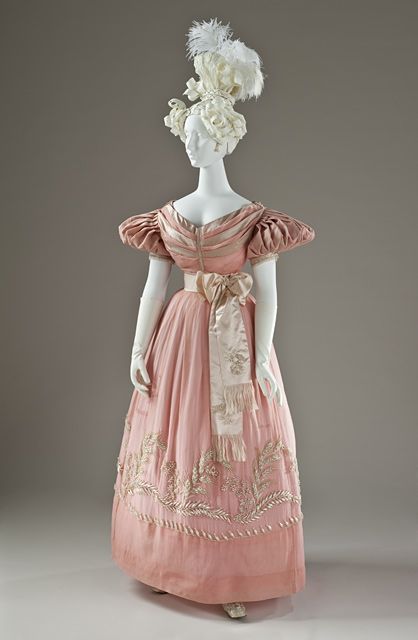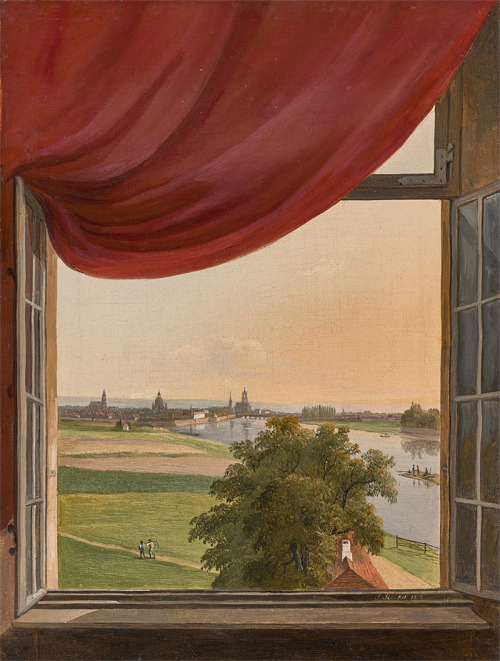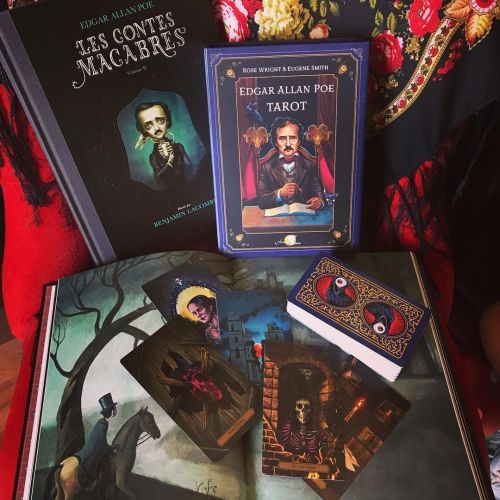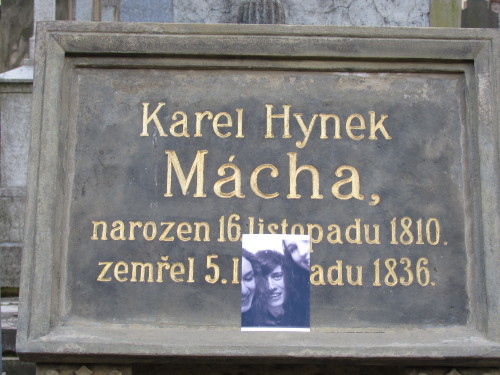#romantism
Cette merveille Je bavais dessus depuis l’annonce de sa sortie, et vraiment c’est un gros coup de cœur. Non seulement il est sublime, mais en plus le choix des thèmes et des scènes pour illustrer les lames est très pertinent. Je suis particulièrement séduite par l’association de l’arcane de la Tour avec la Chute de la Maison Usher (ma carte favorite, ma nouvelle de Poe préférée … bref). Vous l’aurez compris, je suis diablement en amour avec ce petit bijou gothique et romantique à souhait
#poe #edgarallanpoe #edgarallanpoetarot #tarot #tarotdeck #tarotcards #divination #cartomancy #cartomancer #tarotdecks #divinationdeck #occult #esoterism #gothic #book #books #bookworm #romantic #romantism #xixcentury #fortuneteller #fortunetelling #askthecards #thefallofthehouseofusher #cardreading #cardreader #divinationtools #divinationcards
Les contes macabres (Tomes 1 & 2) illustrés par @benjaminlacombe
Edgar Allan Poe Tarot, de Rose Wright et Eugene Smith, chez @arcanasacraeditions
https://www.instagram.com/p/CX6J2l0Foqy/?utm_medium=tumblr
Post link
My Helstone Girl

Margaret Hale (Daniela Denby-Ashe) is the main character of Elizabeth Gaskell’s North and South in the namesake BBC adaptation. She is a young southern girl who moves to the fictional town of Milton in the north of England, where she knows Mr. Thorton, whom dislikes instantly.

Margaret was a character created to challenge stereotypes about women’s role in the 19th century. The theme of challenging stereotypes is one which is integral throughout the novel.
“Margaret could not help her looks; but the short curled upper lip, the round, massive up-turned chin, the manner of carrying her head, her movements, full of a soft feminine defiance, always gave strangers the impression of haughtiness.”
“She sat facing [Mr Thornton] and facing the light; her full beauty met his eye; her round white flexile throat rising out of the full, yet lithe figure; her lips, moving so slightly as she spoke, not breaking the cold serene look of her face with any variation from the one lovely haughty curve; her eyes, with their soft gloom, meeting his with quiet maiden freedom.”

That’s the dress she uses in the Mr. Thorton’s dinner party on the miniseries.

c. 1855
Post link
My so Romantic Girl
Daphne Wade from the Guilty Pleasure’s book by Laura Lee Gurhke.

Daphne is a restorer expert on antiques contracted by the Duke of Tremore. She is secretly in love with him, but he doesn’t know she’s alive. After a deception, Daphne quit her job leaving him totaly lost and unreconciled without his expert, and he will try to everything to get her back, but she is totally decided to be presented to society in search of a husband and thus completely change her destiny.

In her first ball in London, Daphne wear a beautiful light pink rose gown, and that’s the dress I imagined to her, one of my favorite dresses from 1830 decade!

The book also portrays the new fashion of the beggining of 19th century to flatering express the feeling with the language of the flowers. So romantic!
c. 1830
Post link










The Beauty of the End
John Martin (1789-1854), English painter and engraver.
This romantic artist will be particularly inspired by the apocalyptic evocations of the Bible, which he will sublimate by representing the gigantism of fury of the elements.
(Oil paintings details. The pictures show, in order : The Great Day of His Wrath, circa 1851 ; The Pandemonium, circa 1841 ; Joshua Commanding the Sun to Stand Still, circa 1840 ; The Destruction Of Sodom And Gomorrah, 1852 ; Manfred and the Alpine Witch, 1837 ; The Bard, circa 1817 ; The Last Judgement, 1853 ; Macbeth, 1820 ; The restored version of The Destruction of Pompeii and Herculaneum, circa 1821 ; and finally, The Seventh Plague, 1823)




Oil paintings by the romantic Belgian painter Jules Victor Génisson (1805-1860).
(In order, Interior of the Cathedral of Amiens, 1842; Interior of St. Savior’s Cathedral in Bruges, 1848; Interior of the St James’ Church in Antwerp, 1857; Interior of Westminster Abbey, 1951)










“The Fool who persists in his folly will become Wise”
William Blake (1757-1827), British painter, printmaker and poet.
Recognized as a Romantic painter, preferring watercolour and lithography upon oil painting, he will provide an important work of poetry. His subjects, however very classic and religious, are transcended by his style, hallucinated and tinted of a striking modernity.
Beyond his avant-garde ideas, he was long believed mad by his contemporaries, because he was persuaded to receive messages via visions, since his earliest childhood.
(Details. The pictures show, in order : Jerusalem, Plate 1, Frontispiece, between 1804 and 1820 ; Frontispiece illustration from Milton: a Poem, To Justify the Ways of God to Men, between 1804 and 1811 ; Cain Fleeing from the Wrath of God, between 1805 and 1809 ; Europe a Prophecy, 1794 ; The Great Red Dragon and the Beast from the Sea, 1805 ; Newton, 1795, printed in 1805 ; Pity, idem ; Satan Watching the Caresses of Adam and Eve, 1808 ; Hecate, The Night of Enitharmon’s Joy, 1805 ; and finally, Oberon, Titania and Puck with Fairies Dancing, around 1786)



The Great Slumber
Some wintry paintings by Georg Carl Adolph Hasenpflug (known as Carl Hasenpflug, 1802-1858), German romantic painter.
(The images show in order: The Monastery of Walkenried, 1850, original photograph by Jean-Louis Mazières ; View of the Ruin of the Church in Winter, 1848; The Ruin of Walkenried Monastery in Winter, 1843. The original pictures have been modified)






